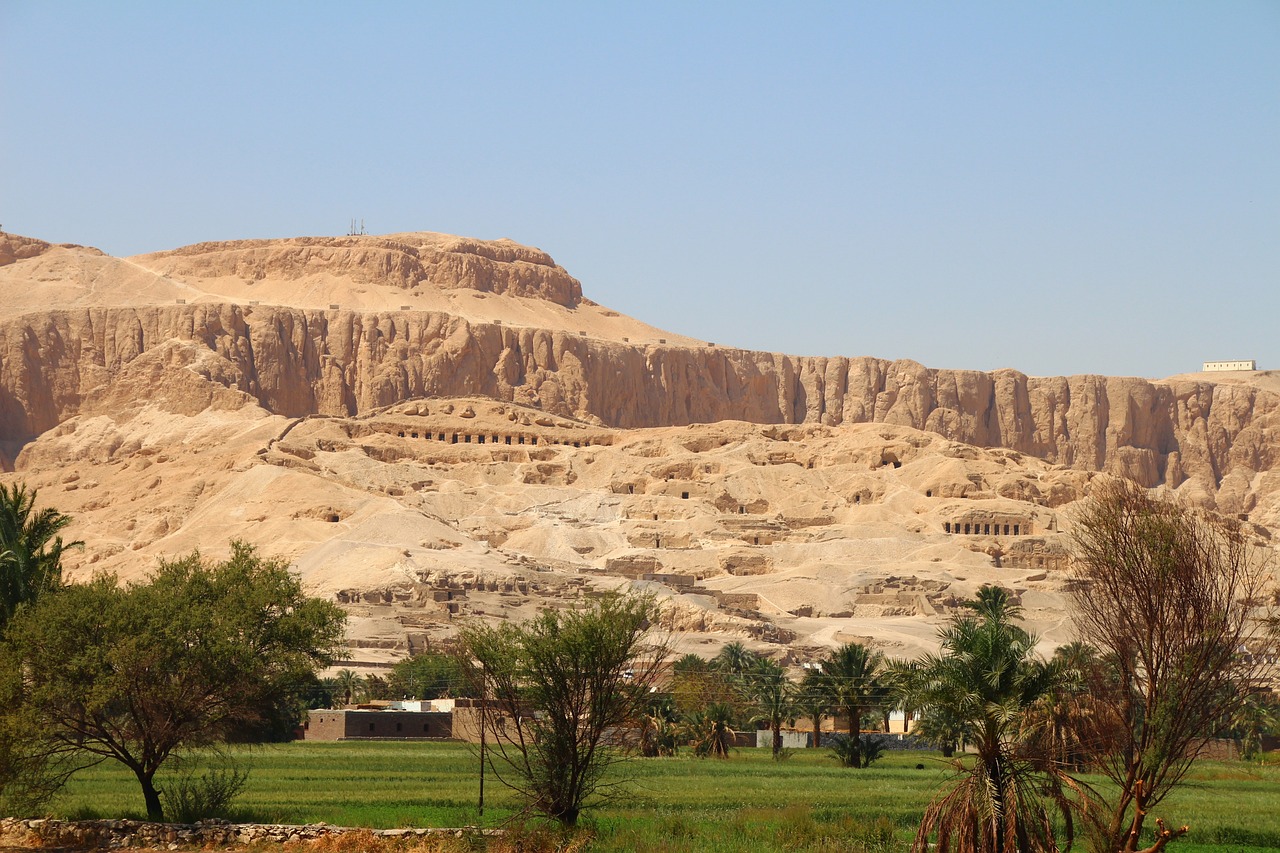Unveiling the Mysteries of Ancient Egyptian Religion
Ancient Egyptian religion represents the deep-rooted indigenous beliefs that shaped the culture of Egypt from the predynastic era, dating back to the 4th millennium BCE, until the gradual fading of its traditional practices in the early centuries CE. For a comprehensive understanding of this rich historical tapestry, a review of Egypt’s overall history is essential.
Nature and Significance
Religious beliefs in ancient Egypt were intricately woven into the fabric of society, particularly from around 3000 BCE onward. While several traditions likely carried over from prehistoric times, the establishment of the Egyptian state marked a significant transformation that reshaped religious practices. It is essential to view these beliefs not solely as a distinct entity but as part of a broader array of human activities and cultural values.
Over its extensive history of more than three millennia, Egyptian religion experienced numerous changes in rituals and emphases. Regardless of the period, it maintained a consistent character and expression. It is crucial not to oversimplify religion as merely the worship of deities or expressions of human devotion. Instead, it encompassed a wide range of practices, such as communicating with the dead, utilizing divination, or engaging with magic, often through divine rituals.
Two focal points defined public religion: the Pharaoh and the divine entities. The figure of the Pharaoh held a uniquely elevated status, acting as a mediator between humanity and the gods, while also commissioning grand funerary monuments aimed at ensuring a favorable afterlife.
The Pantheon of Gods
The ancient Egyptians are known for their diverse array of deities, often depicted in a multitude of forms, including animal representations and hybrids combining animal heads with human bodies. Among the most significant gods was the sun deity, venerated under various titles and aspects. This god was frequently associated with an array of supernatural figures within a cosmic cycle that mirrored the continual shift from night to day. Osiris, the god presiding over the afterlife and ruler of the underworld, rose to prominence alongside his consort, Isis, especially during the 1st millennium BCE when the adoration of solar deities began to wane.
Understanding the Cosmos
The ancient Egyptians envisioned the cosmos as a structured system comprising both the divine and the earthly realm, with Egypt at its core. This universe was surrounded by chaos—a primordial disorder from which order had been established and to which it could eventually return. The Pharaoh’s primary duty as the leader of human society was to secure the favor of the gods, thus preserving order against the impending threat of chaos. This overarching view, somewhat pessimistic in nature, was closely linked to the sun god and his solar cycle and legitimized the Pharaoh’s and the elite’s role in maintaining social stability.
Despite the inherent pessimism, monumental art often depicted an optimistic view of the cosmos, showcasing the ongoing cycles between the king and the deities in harmony. This contrast reinforced the notion of a fragile but established order. The limited scope of these monumental expressions established a decorum that governed what could be portrayed, how it should be represented, and the context of such depictions. Such decorum echoed the reinforcement of social order.
The Voices of the People
The beliefs and practices of the elite are well-documented through monuments and texts, whereas the spiritual lives of the broader populace remain less understood. Though it is unlikely that a stark divide existed between the elite’s beliefs and those of common people, an entirely separate worldview among the masses cannot be completely dismissed.
The intricate ways in which ancient Egyptians intertwined their religious beliefs with their daily lives and societal structures highlight the profound impact of spirituality on their civilization. The transition towards other religions throughout the ages indicates the evolution of belief systems in ancient Egypt.
Through exploring ancient Egyptian religion, we uncover a rich tapestry of practices, deities, and cosmic beliefs that have significantly shaped the historic and cultural landscape of the region.



